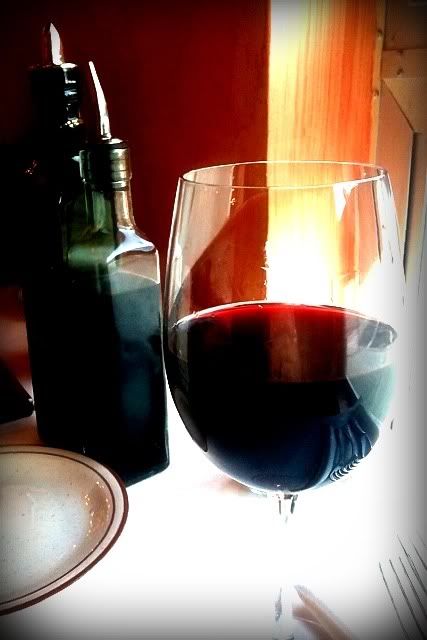Wine Goes To The Movies with
NowAndZin.com and TrailersFromHell.com
The hard thing about pairing a wine to go with a Marx Brothers movie: you have to consider not only how well it goes down, but how well it comes up. You're going to laugh while drinking it, there's no doubt. Groucho might say, "The wine has a great nose. How it got into my nose I'll never know."
The Marx Brothers are one of America's great gifts to comedy. They're funny even if you don't believe in the sanity clause. To this day, in hotels I'm tempted to pick up the house phone and say "Room service, send up a larger room." I usually make do with a dozen hard-boiled eggs and "some coffee to sober up the stewed prunes."
"A Night at the Opera" has laughs and music, too. High class music, even though it's sometimes hard to tell if that last note was "high C or vitamin D." There's so much opera in this film you'd think they were all "vaccinated with a phonograph needle."
The Drinking Song from La Traviata will help set the tone here: "Let's drink to the ecstatic feeling that love arouses... and the love among the chalices will make the kisses hotter." The sentiment is fine, but if you can morph it into "Take Me Out To The Ball Game", then you have comedy.
Groucho once said, "Wine, women and song. When you get too old for all three, forget the singing and drinking." Let's never get that old. The world needs more singing; more ecstatic feelings that love arouses; more people watching the Marx Brothers until the wine comes through their noses. "Now we're getting somewheres."
Opera is the plural of opus, so why not pull out the stops and cough up a couple of Benjamins for a wine from Opus One Winery. An expensive Napa Valley Cabernet with the Marx Brothers? I found various vintages selling for $230 online. As Groucho said while throwing down the bill in front of his table mate, "This is an outrage. If I were you, I wouldn't pay it." Groucho also said, "Money cannot buy happiness and happiness cannot buy money. That might be a wisecrack, but I doubt it."
High Marx for these:
Duxoup Wine Works - I know it's a different movie, but it's a lot cheaper than the Opus. At $20 a bottle, it's one of those clubs that would have me as a member.
Weingut Erben von Beulwitz 2002 Spaetburgunder - I don't suppose I could pass off Karl as a Marx Brother, eh?
Here's the wine list for The Groucho Club in London.
If you're ever in Anchorage, I would say the Marx Brothers Cafe is a must see.
Follow Randy Fuller on Twitter
Follow Trailers From Hell on Twitter
NowAndZin.com and TrailersFromHell.com
The hard thing about pairing a wine to go with a Marx Brothers movie: you have to consider not only how well it goes down, but how well it comes up. You're going to laugh while drinking it, there's no doubt. Groucho might say, "The wine has a great nose. How it got into my nose I'll never know."
The Marx Brothers are one of America's great gifts to comedy. They're funny even if you don't believe in the sanity clause. To this day, in hotels I'm tempted to pick up the house phone and say "Room service, send up a larger room." I usually make do with a dozen hard-boiled eggs and "some coffee to sober up the stewed prunes."
"A Night at the Opera" has laughs and music, too. High class music, even though it's sometimes hard to tell if that last note was "high C or vitamin D." There's so much opera in this film you'd think they were all "vaccinated with a phonograph needle."
The Drinking Song from La Traviata will help set the tone here: "Let's drink to the ecstatic feeling that love arouses... and the love among the chalices will make the kisses hotter." The sentiment is fine, but if you can morph it into "Take Me Out To The Ball Game", then you have comedy.
Groucho once said, "Wine, women and song. When you get too old for all three, forget the singing and drinking." Let's never get that old. The world needs more singing; more ecstatic feelings that love arouses; more people watching the Marx Brothers until the wine comes through their noses. "Now we're getting somewheres."
Opera is the plural of opus, so why not pull out the stops and cough up a couple of Benjamins for a wine from Opus One Winery. An expensive Napa Valley Cabernet with the Marx Brothers? I found various vintages selling for $230 online. As Groucho said while throwing down the bill in front of his table mate, "This is an outrage. If I were you, I wouldn't pay it." Groucho also said, "Money cannot buy happiness and happiness cannot buy money. That might be a wisecrack, but I doubt it."
High Marx for these:
Duxoup Wine Works - I know it's a different movie, but it's a lot cheaper than the Opus. At $20 a bottle, it's one of those clubs that would have me as a member.
Weingut Erben von Beulwitz 2002 Spaetburgunder - I don't suppose I could pass off Karl as a Marx Brother, eh?
Here's the wine list for The Groucho Club in London.
If you're ever in Anchorage, I would say the Marx Brothers Cafe is a must see.
Follow Randy Fuller on Twitter
Follow Trailers From Hell on Twitter

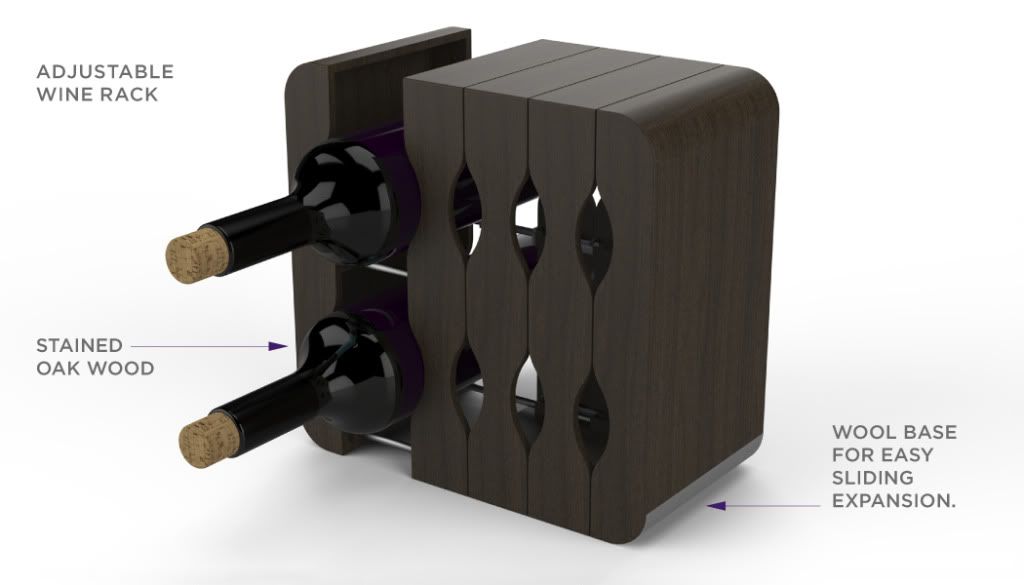

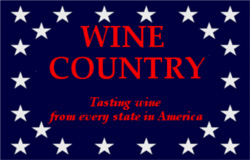
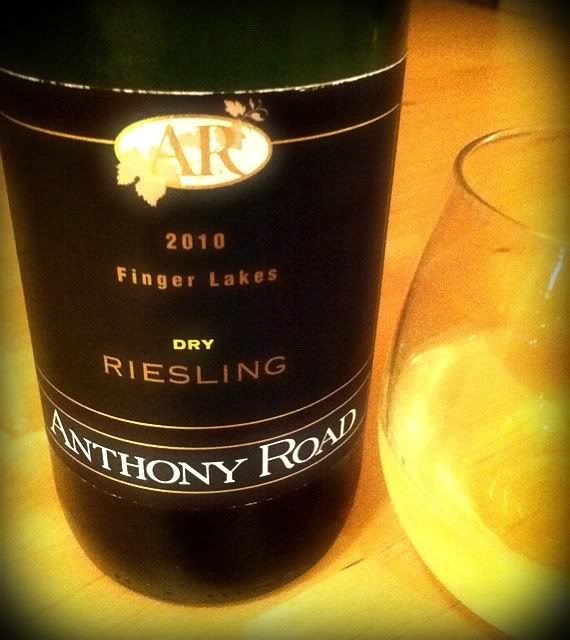 Anthony Road Wine Company
Anthony Road Wine Company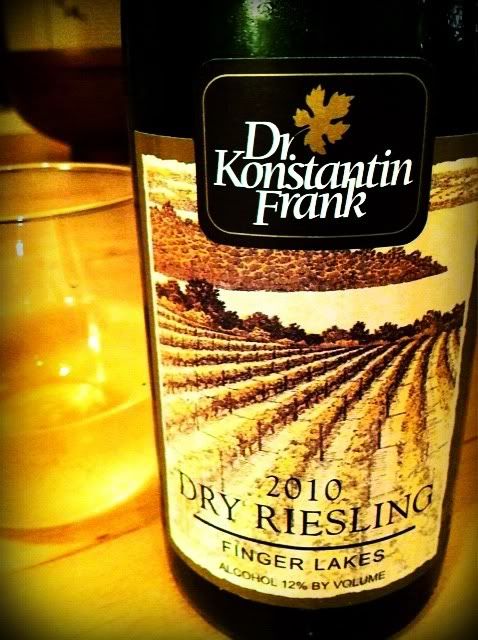 Dr. Frank's Vinifera Wine Cellars
Dr. Frank's Vinifera Wine Cellars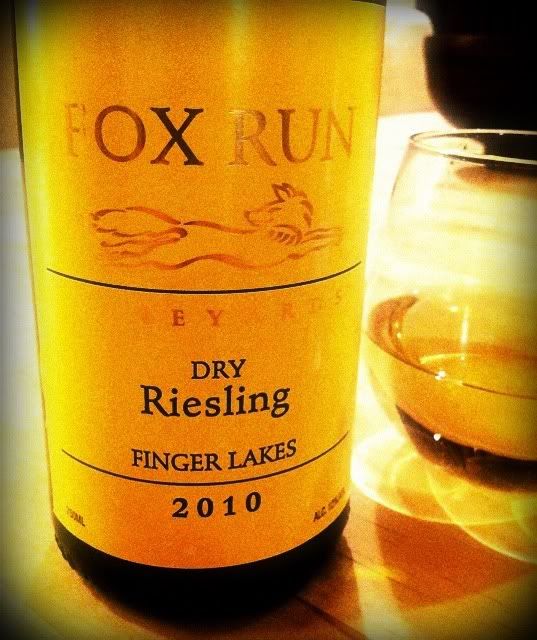 Fox Run Vineyards
Fox Run Vineyards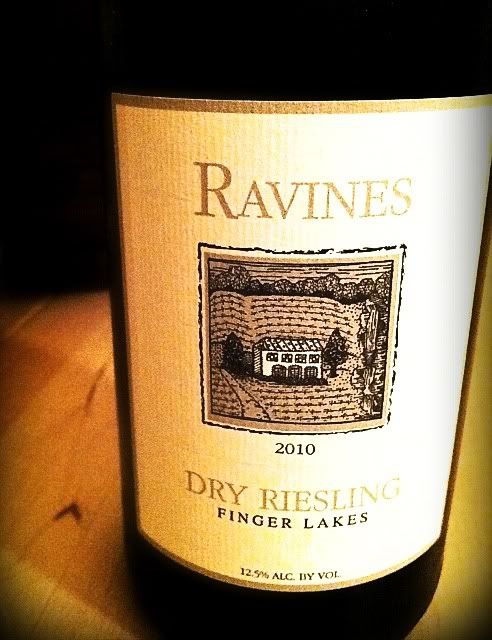 Ravines Wine Cellars
Ravines Wine Cellars Red Newt Cellars
Red Newt Cellars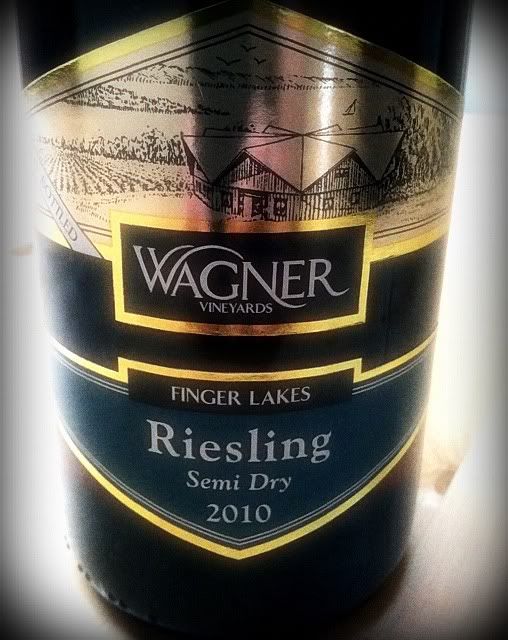 Wagner Vineyards
Wagner Vineyards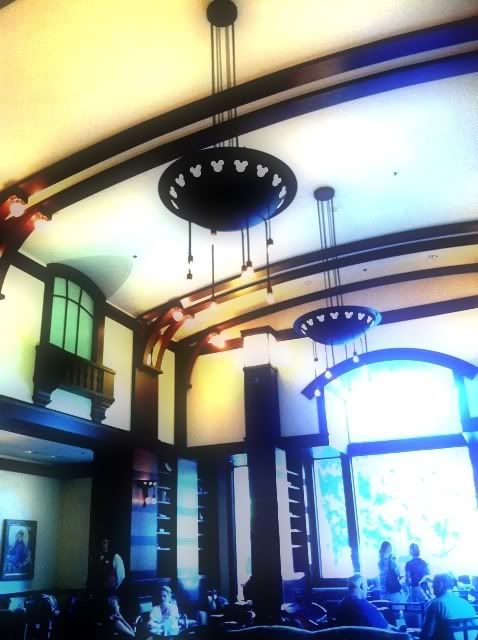
 Their wine list isn't incredibly exciting, but it is California-focused, fitting for a hotel that pays homage to the architecture and decor of the Arts and Crafts movement typified at Yosemite National Park’s
Their wine list isn't incredibly exciting, but it is California-focused, fitting for a hotel that pays homage to the architecture and decor of the Arts and Crafts movement typified at Yosemite National Park’s 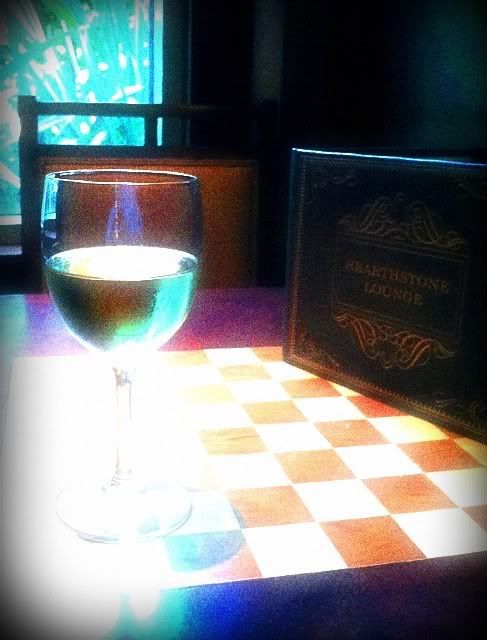 On another visit I tried the
On another visit I tried the 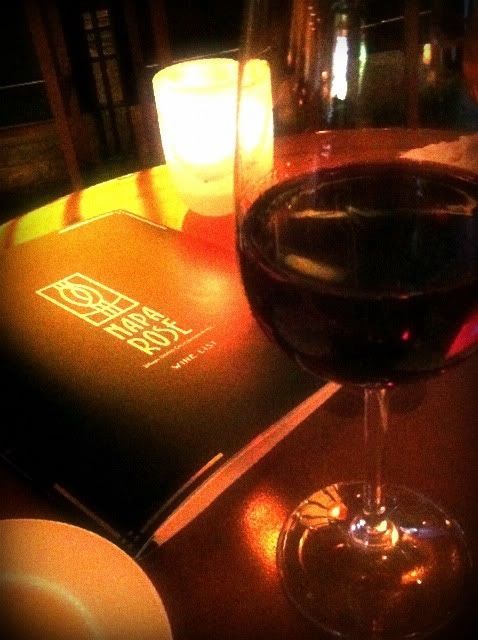 Napa Rose
Napa Rose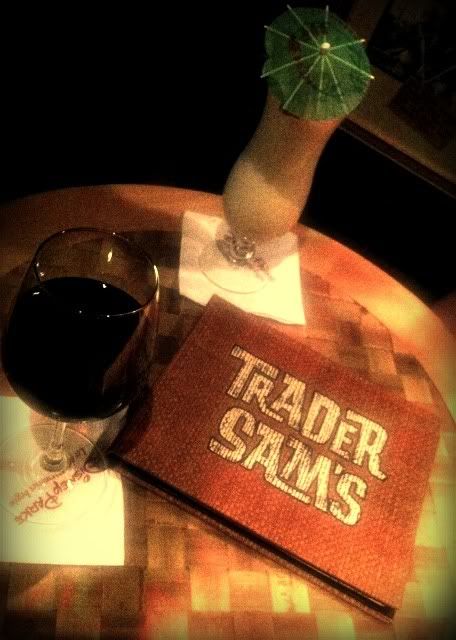 A new addition to my Disneyland wine map is
A new addition to my Disneyland wine map is 
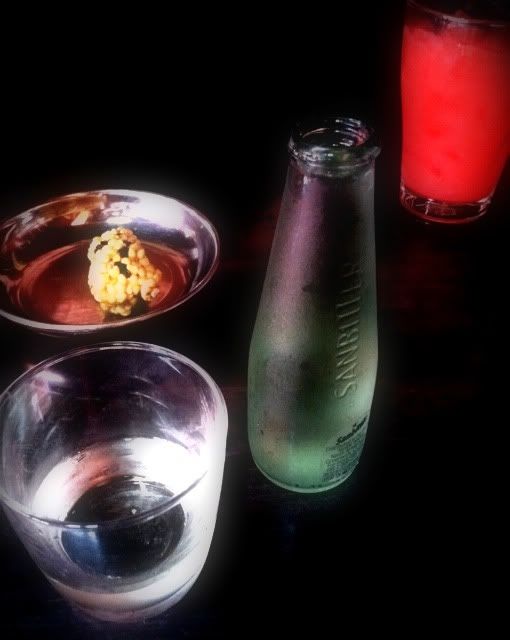
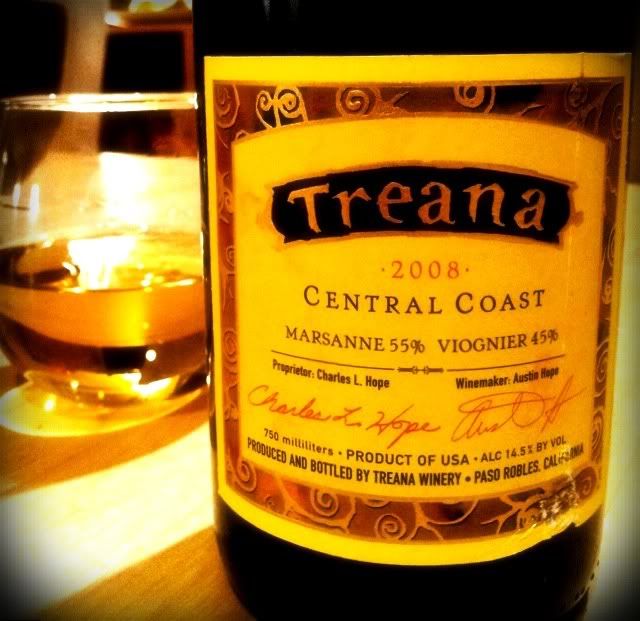

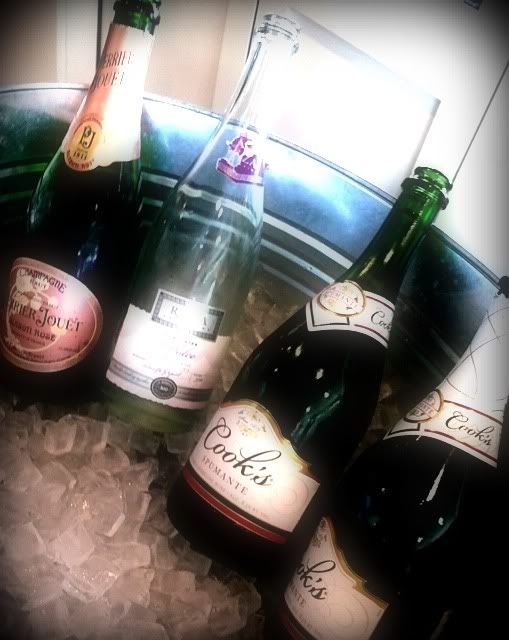
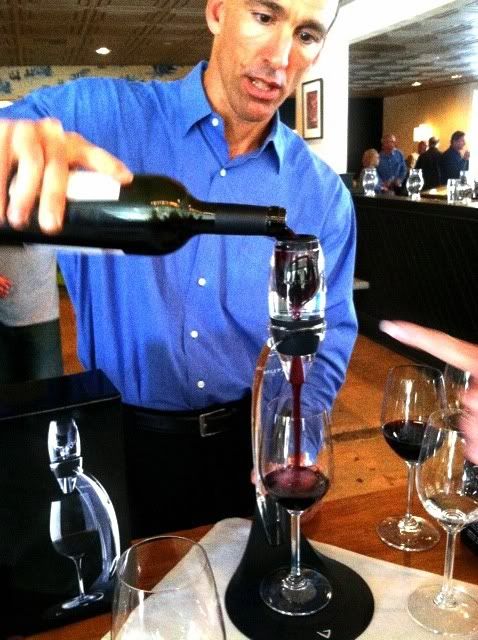 Vinturi was at the event, showing their line of wine aerators. Since I had not tried the Vinturi yet, I lined up for the side-by-side comparison. I must admit that although I had heard and read that the units worked quite well, I was still skeptical.
Vinturi was at the event, showing their line of wine aerators. Since I had not tried the Vinturi yet, I lined up for the side-by-side comparison. I must admit that although I had heard and read that the units worked quite well, I was still skeptical.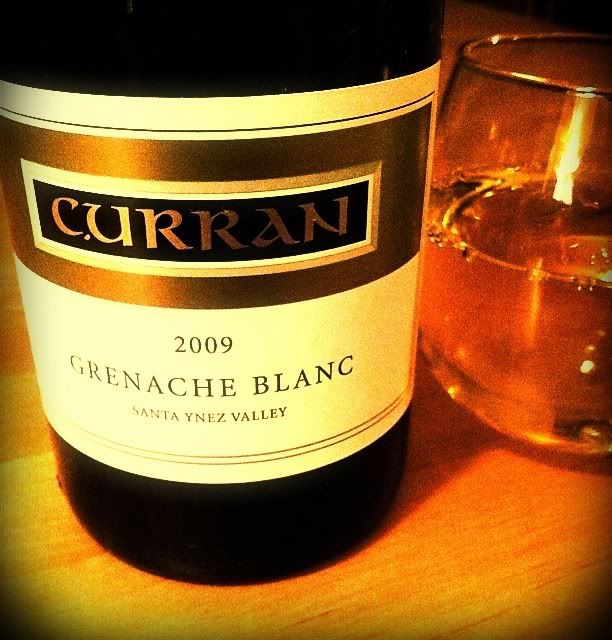

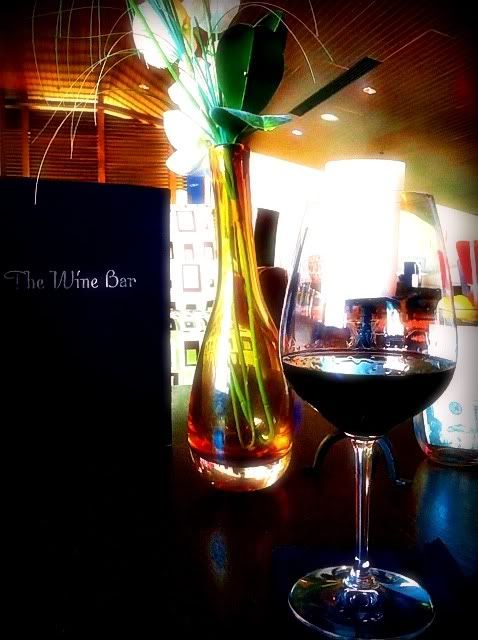

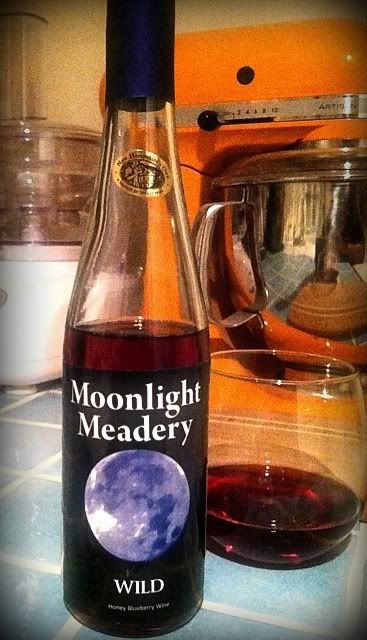 The mead he calls Wild is honey and blueberry wine made from unprocessed New Hampshire wildflower honey and mountain grown blueberries. It carries an alcohol level of 14.2% abv.
The mead he calls Wild is honey and blueberry wine made from unprocessed New Hampshire wildflower honey and mountain grown blueberries. It carries an alcohol level of 14.2% abv.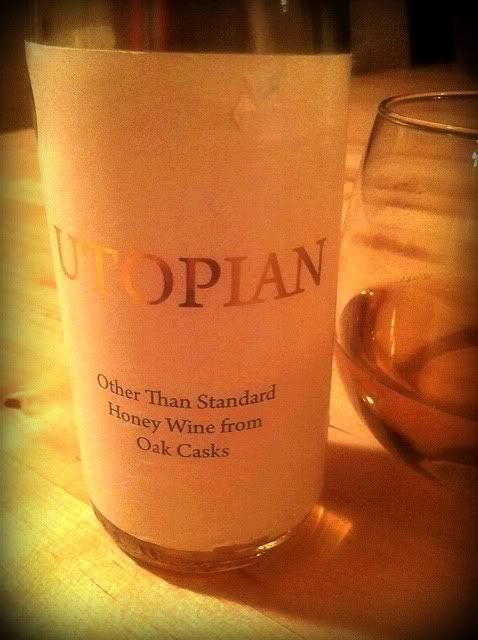 Utopian is the strongest of the quartet I tried at 16.9% abv. It’s a semi-sweet, limited edition mead which is fermented and aged in Samuel Adams Utopias barrels.
Utopian is the strongest of the quartet I tried at 16.9% abv. It’s a semi-sweet, limited edition mead which is fermented and aged in Samuel Adams Utopias barrels.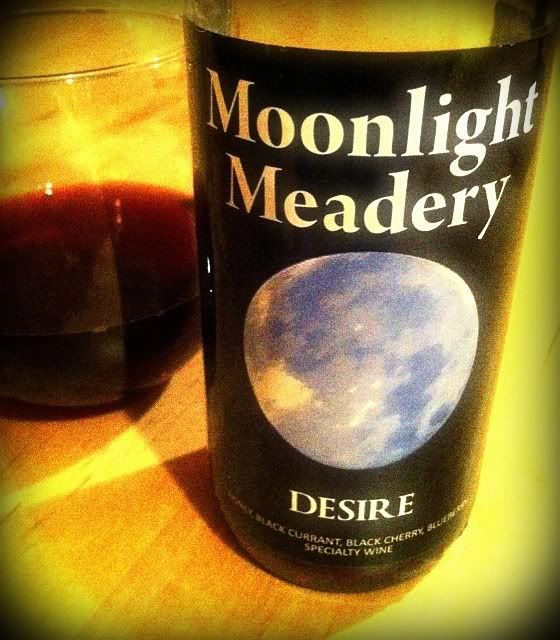 Desire is a beautiful deep ruby color. The nose again has a firm underpinning of honey aroma with a pretty straightforward display of the fruit used in making this melomel - black currant, black cherry and blueberry. The palate is dominated by the currant to the degree that it bears a striking similarity to cassis. It's not as viscous as Wild, but it definitely sits very full in the mouth. The 16.7% alcohol content means it's a fairly stiff drink, at least in the realm of wine. There's good acidity here, but I don't think I could bring myself to eat while savoring the texture and flavor of Desire. Well, maybe some chocolate. Desire beat out 352 other wines in a New England competition.
Desire is a beautiful deep ruby color. The nose again has a firm underpinning of honey aroma with a pretty straightforward display of the fruit used in making this melomel - black currant, black cherry and blueberry. The palate is dominated by the currant to the degree that it bears a striking similarity to cassis. It's not as viscous as Wild, but it definitely sits very full in the mouth. The 16.7% alcohol content means it's a fairly stiff drink, at least in the realm of wine. There's good acidity here, but I don't think I could bring myself to eat while savoring the texture and flavor of Desire. Well, maybe some chocolate. Desire beat out 352 other wines in a New England competition. The golden mead called Sensual shows a whole honeycomb full of honey aroma. That’s no surprise, since it is a traditional mead, made only from wildflower honey, water and yeast. The palate is dripping with honey, too. Once again, a resounding acidity is present and the finish is very long and ridiculously satisfying. The taste of pure honey is all that remains after a drink, and it’s there for quite a while. The alcohol level for Sensual is 15.3% abv. It's the simplest of the four featured here, but it may be my favorite.
The golden mead called Sensual shows a whole honeycomb full of honey aroma. That’s no surprise, since it is a traditional mead, made only from wildflower honey, water and yeast. The palate is dripping with honey, too. Once again, a resounding acidity is present and the finish is very long and ridiculously satisfying. The taste of pure honey is all that remains after a drink, and it’s there for quite a while. The alcohol level for Sensual is 15.3% abv. It's the simplest of the four featured here, but it may be my favorite.

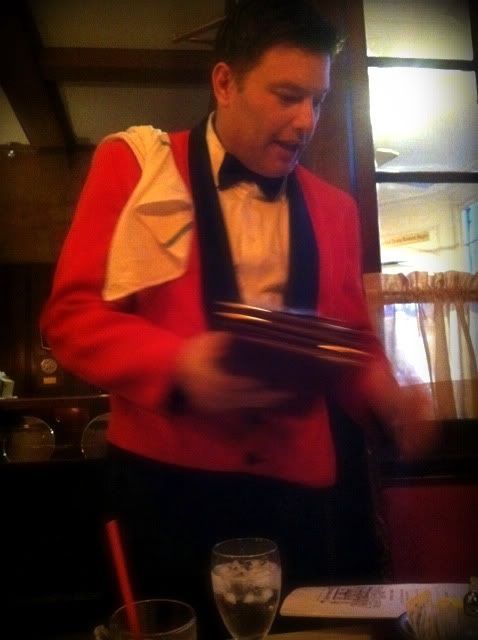
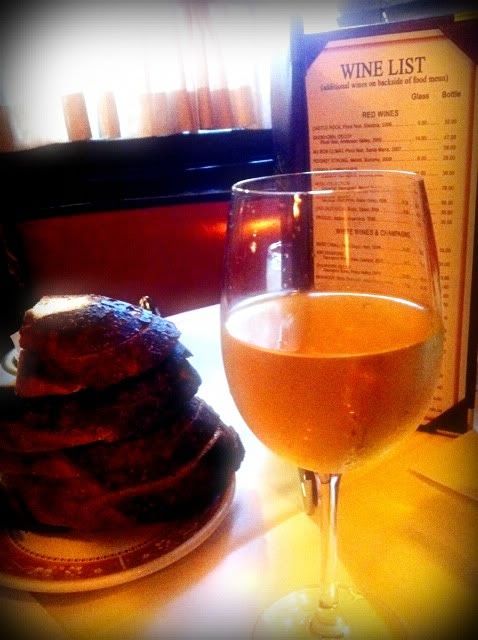 After a bit of conversation about the
After a bit of conversation about the 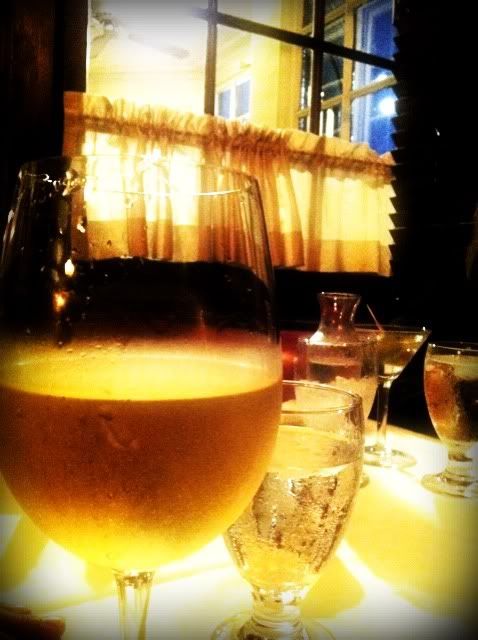 New Zealand's
New Zealand's 